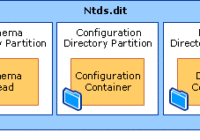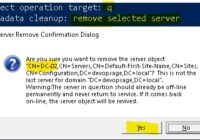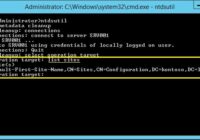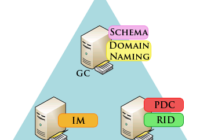Active Directory Partitions
Microsoft Active Directory as a whole is huge. There are many interconnected mechanisms run in order to let AD do what it does. There are many things in Active Directory which runs in background and we rarely come across it. Active Directory Partitions are one of them. AD Partitions basically arrange and segregate the data… Read More »







